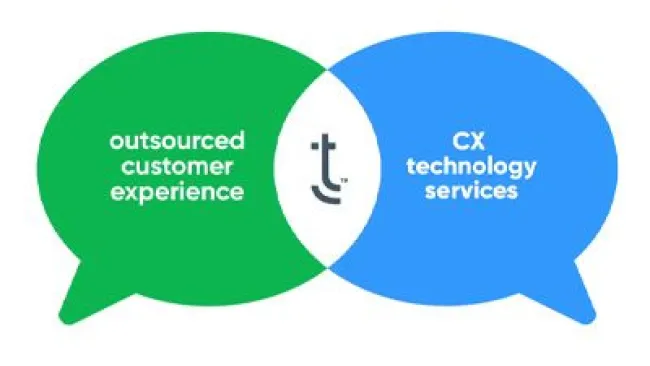The future of customer service rests on an organization’s ability to recognize and meet customers where they are. Incite Group’s 9th Annual Customer Service Summit in Brooklyn focused on a growing and increasingly relevant platform: messaging.
Messaging, text-based conversations on smart devices or platforms like Facebook Messenger, WhatsApp, iMessage, or SMS text messaging, is the go-to tool for customers who live on their phones. But just because customers get messaging, it doesn’t mean businesses do. According to Martech Today, 58 percent of customers are texting businesses that aren’t even set up to respond.
Where are you in messaging?
Rob Lawson, who runs Customer Experience Partnerships at Google, led an interactive roundtable where audience members discussed their challenges with messaging:
- Rethinking the metrics used for messaging compared to traditional channels like voice, partly due to the asynchronous nature of messaging.
- Recognizing the fundamental differences in associate skill sets needed for messaging. An associate with good AHT on voice may not be the same for messaging.
- There is a lack of education around the definition of messaging, with some believing that it’s only an extension of chat.
- Insuring that the influx of platforms—WhatsApp, Messenger, WeChat—are not confusing for the associate.
- Meeting customer expectations for messaging services while complying with different data protection laws and regulations.
But for all the roadblocks, investing in messaging may prove to be an exceptional customer experience tool. Lawson stressed messages’ inclination towards natural conversations, seamless drop-ins and -outs, and its proactiveness, as essential to meeting consumers where they are.
In a market where over a billion people use Facebook Messenger, with billions more on other platforms, the potential outreach is remarkable. According to AdWeek, 68 percent of customers prefer messaging when communicating with a brand.
“The integration of being able to do messaging as your web-based chat is the best of both worlds, it’s asynchronous, [and] it’s private,” Frankie Saucier, head of digital care strategy at Home Depot, says. “It’s as if social and chat had a baby.” Home Depot itself has been deploying Apple Business Chat to meet customers on iMessage.
But having a child takes work.
Concerns about messaging were echoed by Sara McCandless, VP of customer engagement & brand advocacy at Clearlink, who had just led a discussion on issues around live chat.
“Some of the pain points in web-based chat lend themselves to why we are having these messaging conversations,” she said. “…don’t assume that just because you have an agent in one digital channel like email that it will automatically convert into somebody who can speak in chat.”
As attendees questioned web-chat’s evolution into messaging, they stressed that the transition process should be thought out. This tied back to McCandless’s concern over rotating associates from different channels who may lack the right training required for messaging. For example, associates who are not used to the rapid-fire response time of chat or its informal tone. The more conversational messaging interactions from messaging will rewrite the rulebook on AHT.
The transition of technologies (i.e. rotating from web to messaging) will also be very difficult. For this process, McCandless suggested redesigning CRMs to handle spikes in volume and various messaging platforms.
Putting messaging into action
Citibank put messaging best practices to the test when it recognized that customers are increasingly banking on their phones. Citi’s mobile-first community, those who only interact with the brand via their device, had grown from 8 percent in 2016 to 30 percent in 2019. According to Rianna Schano, senior vice president of digital product-messaging & support at Citibank, they needed to adapt to a digital support strategy that fit this growing demographic. Enter messaging.
The secret is taking your time and prioritizing completeness. Before making a full launch, the bank spent half a year experimenting and figuring out their audience before releasing messaging. Here are their top lessons:
- Be careful of the placement. Citibank toyed with placing the messaging button in several locations before selecting the best spot. Moving the messaging button 3 clicks from the loading screen to the header of the app helped double the number of customer-initiated conversations.
- Names matter. If you call it chat, customers expect immediate responses, if it’s called messaging, customers will be more patient with response times (like a real conversation).
- More education is needed. Citibank needed to educate customers on expected response times and train associates to adopt a more informal lingo compared to other channels.
In the past 3 years, Citibank’s messaging operations has grown to 500,000 conversations every month with a 40 percent growth in digital support interactions. This journey continues as platforms like Apple Business Chat and Google My Business become more prevalent.
The need for evolution
Messaging isn’t a new concept, but many businesses are slow to grasp the potential of a simple human conversation on the go. While the development of chatbots and automation will still be crucial for smart customer service, the Customer Service Summit highlighted the need to reinvent how we talk to our customers. Even if it means sending a few more emojis over text.
















